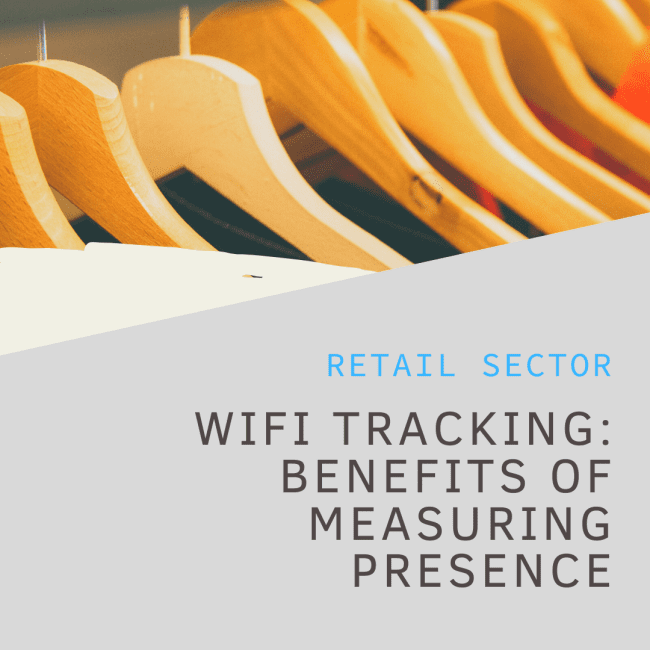In the dynamic world of online marketing, achieving sales success is a constant challenge. Businesses strive to maximize their revenue and growth by implementing effective strategies. One key tool that has proven instrumental in driving sales performance is the use of Key Performance Indicators (KPIs). In this blog, we will explore how KPIs are utilized to influence sales, the power of KPIs in sales, the relevant KPIs used to evaluate sales performance, and an in-depth understanding of what a KPI in sales entails.
The power of KPIs in Online Marketing
KPIs provide valuable insights into various aspects of online marketing strategies and performance, enabling businesses to make data-driven decisions and optimize their online presence. Here’s how KPIs are utilized in online marketing:
- Website Traffic and User Engagement. Monitoring website traffic and user engagement metrics, such as page views, time on site, and bounce rate, helps businesses gauge the effectiveness of their online marketing efforts.
- Conversion Rates. Conversion rates are a critical KPI in online marketing as they measure the percentage of website visitors who take the desired action, such as making a purchase, filling out a form, or subscribing to a newsletter.
- Cost per Acquisition (CPA). CPA indicates the average cost incurred to acquire a new customer through online marketing efforts. Lowering the CPA ensures efficient marketing spending and maximizes the return on investment.
- Click-Through Rate (CTR). CTR measures the percentage of people who clicked on a specific link or advertisement compared to the number of total impressions. A high CTR suggests that the marketing message resonates well with the target audience and can lead to increased website traffic and potential conversions.
- Email Marketing Metrics. KPIs for email marketing include open rates, click-through rates, and conversion rates. These metrics allow businesses to assess the performance of their email campaigns and optimize content and timing to increase engagement and conversions.
- Customer Lifetime Value (CLV). CLV is a crucial KPI in online marketing, as it measures the total revenue a business can expect from a single customer over their entire relationship. By increasing CLV, businesses can enhance customer loyalty and profitability.
How is KPI used to influence sales?
Key Performance Indicators play a crucial role in influencing sales by providing businesses with valuable insights into their performance. They serve as actionable metrics that enable companies to make data-driven decisions. Here’s how KPIs are utilized to drive sales success in online marketing:
- Setting Clear Goals. KPIs help businesses set clear, achievable sales goals. KPIs define measurable objectives like increased website traffic and improved conversion rates, guiding marketing efforts effectively.
- Monitoring Sales Performance. KPIs allow constant monitoring of sales performance. Sales managers can track individual and team progress, identifying areas for improvement and recognizing top performers. Real-time KPI tracking helps assess campaign effectiveness and product launches for online sales managers.
- Identifying Trends and Patterns. By analyzing KPI trends over time, businesses can identify patterns that affect sales performance. This enables them to adapt strategies accordingly and capitalize on emerging opportunities in online marketing.
- Spotting Potential Bottlenecks. KPIs reveal potential bottlenecks in the sales process, such as a prolonged sales cycle or a high number of lost opportunities. Addressing these issues enhances the overall efficiency of the sales team.
- Motivating Sales Team. Transparently sharing KPI data with the sales team can foster healthy competition, motivate employees, and encourage them to strive for improved performance.
Implementing powerful KPIs effectively
Implementing Key Performance Indicators (KPIs) effectively in online marketing is crucial for maximizing the success of marketing strategies and achieving business goals. Here are five points to consider when implementing KPIs effectively:
- Know Your Goals. Align KPIs with your online marketing objectives. Choose metrics that directly measure what you want to achieve, like increasing sales or improving website engagement.
- Focus on Actionable Metrics. Pick KPIs that provide insights you can act on. Avoid fancy numbers that look good but don’t really help you make better decisions.
- Set Realistic Targets. Be practical with your goals. Set achievable targets based on past performance and industry benchmarks to keep your team motivated.
- Keep an Eye on the Data. Regularly monitor and analyze your KPI data. Use tools to track progress, spot trends, and identify areas that need improvement.
- Optimize Your Marketing. Use KPI insights to improve your marketing strategies. Adjust your efforts based on what’s working well and where you need to focus more.
The power of KPIs
In today’s fast-paced realm of online marketing, Key Performance Indicators (KPIs) stand as crucial tools that steer businesses toward success. These metrics hold the key to understanding various aspects of online marketing campaigns, allowing for data-driven decision-making and strategic optimization. By harnessing the power of KPIs, businesses can tap into their full potential within the fiercely competitive online market, paving the way for sustainable growth and lasting success.







